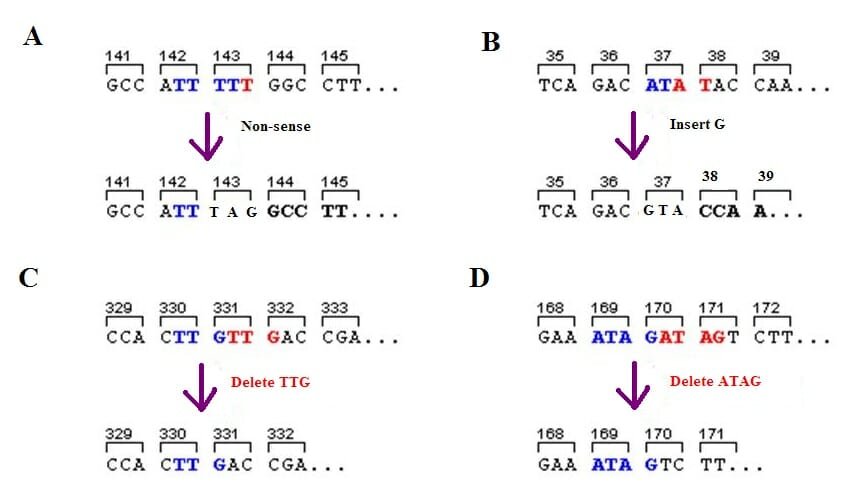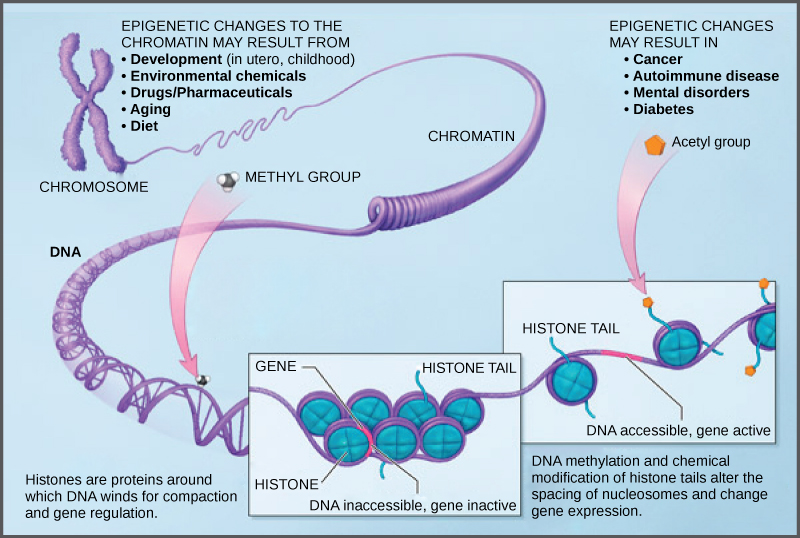

“Overnight, science became a national priority, energized by the dread of Soviet technology and technological superiority.”Īfter earning his bachelor’s degree at Amherst College, Fink began studying yeast as a graduate student at Yale University, and in 1976, he developed a way to insert any DNA sequence into yeast cells.
/genes-2-57507a4a3df78c9b46dbaf98.jpg)
“In 1957, when I went out in our backyard, I was hypnotized by the new star in the sky, as Sputnik slowly raced toward the horizon,” he said. Growing in a “sleepy” town on Long Island, Fink had a keen interest in science, which spiked after the Soviets launched the first satellite to orbit the Earth. “He is among the very few scientists who can be singularly credited with fundamentally changing the way we approach biological problems,” says the award citation, read by Susan Silbey, chair of the MIT faculty, who presented Fink with the award. Fink, who is also a member and former director of the Whitehead Institute, was honored for his achievements in developing brewer’s yeast as “the premier model for understanding the biology of eukaryotes” - organisms whose cells have nuclei.
#GENE SEQUENCE DEFINITION BIOLOGY PROFESSIONAL#
“But loss of the definition has spawned whole new fields trying to understand the unknown information in non-protein-coding DNA.”Įstablished in 1971 to honor MIT’s 10th president, James Killian, the Killian Award recognizes extraordinary professional achievements by an MIT faculty member. “In genetics, we’ve lost a simple definition of the gene - a definition that lasted over 50 years,” he said. Faculty Achievement Award Lecture, titled, “What is a Gene?” In recent years, however, with the discovery of ever more DNA sequences that play key roles in gene expression without being translated into proteins, this simple definition needed revision, according to Gerald Fink, the Margaret and Herman Sokol Professor in Biomedical Research and American Cancer Society Professor of Genetics in MIT’s Department of Biology.įink, a pioneer in the field of genetics, discussed the evolution of this definition during yesterday’s James R. More than 50 years ago, scientists came up with a definition for the gene: a sequence of DNA that is copied into RNA, which is used as a blueprint for assembling a protein.

Professor Gerald Fink, a pioneer in the field of genetics, delivers the annual Killian Lecture. Gould MIT Summer Research Program in Biology (BSG-MSRP-Bio)

Did You Know? What makes a human different from a chimpanzee? Much of the answer lies in the genes, the basic units of heredity.


 0 kommentar(er)
0 kommentar(er)
